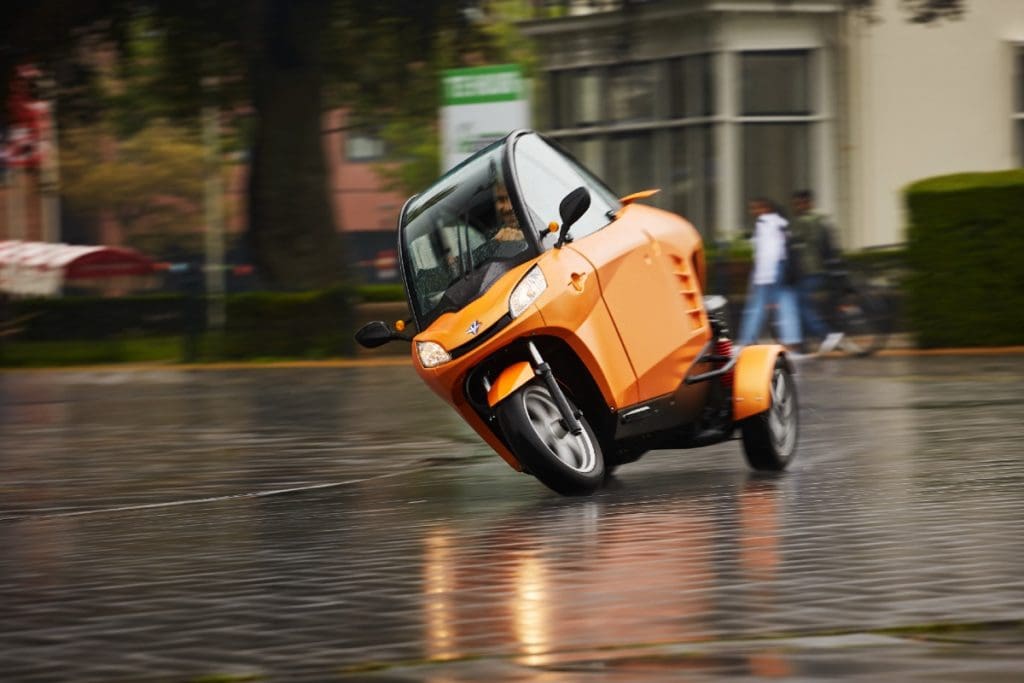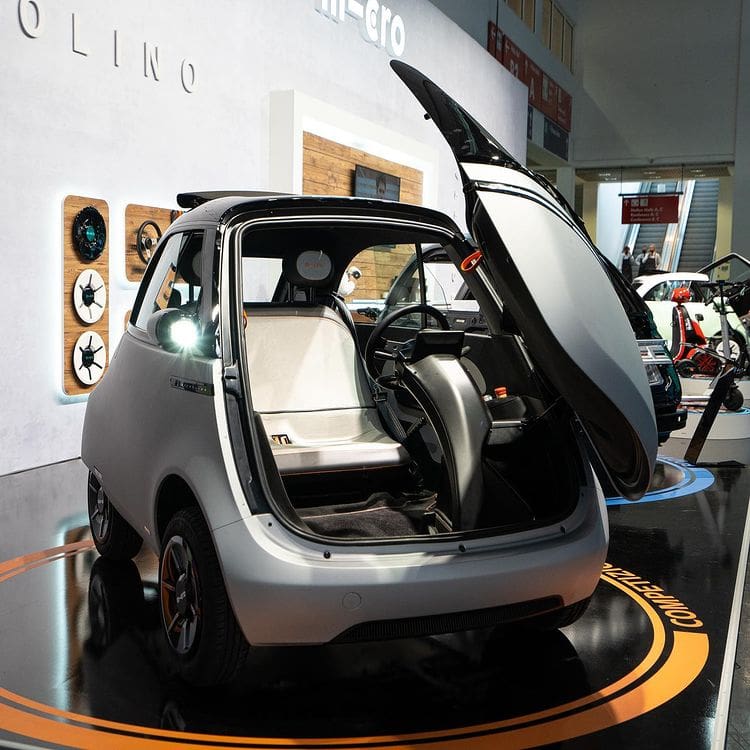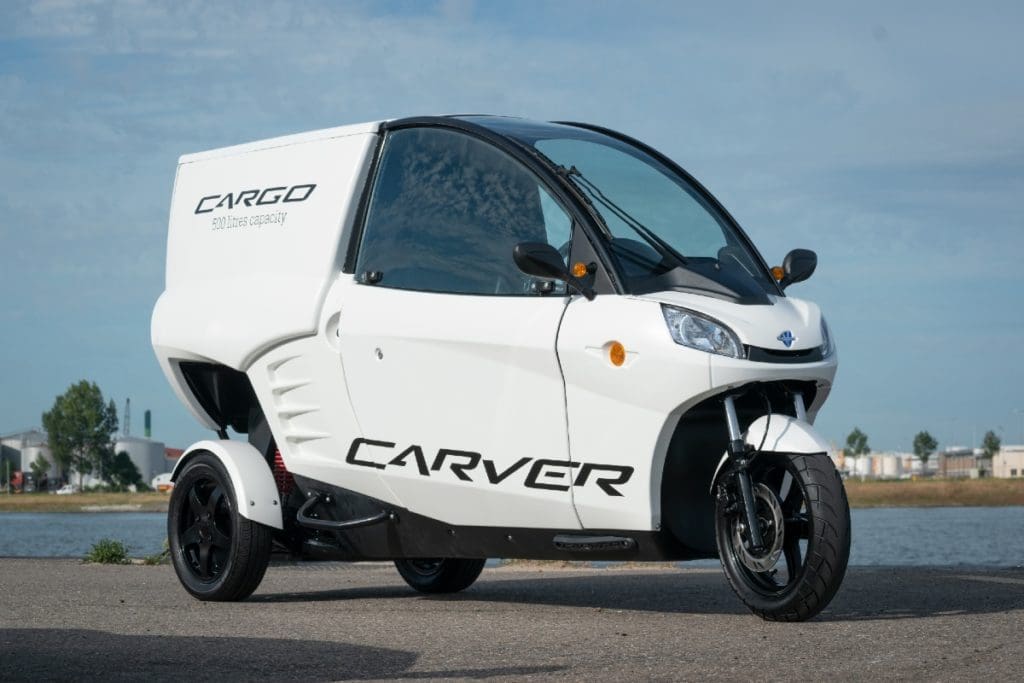What Exactly is a Light Electric Vehicle?

Munich, Germany
Technology and the quest for sustainability could be solving the age-old feud of cars versus bikes – by blurring the lines between them.
The rise of electric vehicle technology, a hunt for more efficient transportation and the car industry’s realisation there a quid to be made in micromobility have brought a major convergence, where once there was a clear distinction between pedal power and the automobile.
While the rise of micromobility has brought a proliferation of e-scooters, e-bike and e-cargo bikes, at the other end of the private vehicle spectrum, the search for more energy and space-efficient travel is starting to bring a real surge in enclosed, two to four-wheel vehicles that can fit just one or two people.
It raises increasingly complex questions about what constitutes micromobility, as current trends take us towards a transportation world with a full fluid spectrum from conventional, combustion-driven automobiles to old-school pedal-powered treadlies.
This isn’t just an exercise in flippant debate and humans’ apparent need to give everything a label. It will be a minefield for industry and governments to apply definitions in order to regulate and promote the various forms of transportation.
What is a bicycle and what constitutes a tricycle? There is the escalating and increasingly polarised debate about regulating e-bike speeds and the opinion in some sectors that e-bikes and conventional cycles should remain under the same regulations to maintain cycling’s upward trajectory in popularity.
At the other end of the ‘micromobility’ spectrum; what is a light electric vehicle? A quick surf on the web will soon reveal there is little consensus on that question. Some sites will have you believe micromobility and LEVs are interchangeable terms for scooters, e-bikes and anything else smaller than a typical car.
Others suggest LEVs are the growing array of two, three and four-wheeled enclosed vehicles, designed to meet the growing demand for mini ‘cars’ with lower CO2 equivalent emissions, easier to park and offering a solution to traffic congestion.
The convergence was highlighted by an emerging battle for supremacy as Europe’s premier bike trade show. When the International Automobile Exhibition (IAA) incorporated mobility for the first time in 2021, it effectively went head-to-head with Eurobike.

The convergence was not only illustrated by the fact these two conventions were now competing for many of their potential exhibitors, largely due to the proliferation of e-bikes and the greater involvement of car manufacturers in micromobility.
Many of their exhibition highlights also told the story. E-Bikes and cargo bikes received unprecedented prominence at Eurobike and their innovations grabbed plenty of attention at IAA Mobility.
At the same time, IAA’s automobile contingent was notable for the size of many of its show-stealing concepts. Vehicles such as the City Transformer and Microlino’s two-person three-wheeler captured the imaginations with their solutions for future travel, addressing predictions there will be 10 million more cars on the roads by 2050.
Dutch automotive company Carver has been building distinctive three-wheeled vehicles since 1994 but has recently started attracting a lot more interest in its electric scooter models. With Carver's tilting Dynamic Vehicle Control technology and a cargo version capable of carrying loads up to 500kg, Carvers are now being view more seriously as mainstream transportation options.

Introducing Minimobility
Amid this changing face of personal transportation, a new category is emerging – with these enclosed vehicles being dubbed ‘minimobility’.
The various viewpoints on how to classify micromobility are a regular subject of reflection and introspection at the Micromobility Report. Where do you draw the boundaries, to ensure an effective focus on the best features of micromobility and what it has to offer society, the urban environment and the natural environment?
Should we broaden our perspective and embrace all the benefits provided by micromobility, minimobility and all the other permeations that will emerge? They all have important roles to play.
As e-bikes evolve and potentially get faster, the distinction between bikes and motorised, Vespa-style scooters also becomes less profound. Are motorised scooters also a form of minimobility?
At the end of the day, these challenges of classification are a very welcome quandary. The growing number and variety of micromobility and minimobility is a very positive development in the need for heightened sustainability, cleaner air and more liveable urban centres.
The more important task at hand is gaining recognition and support from the government and the mainstream community.
